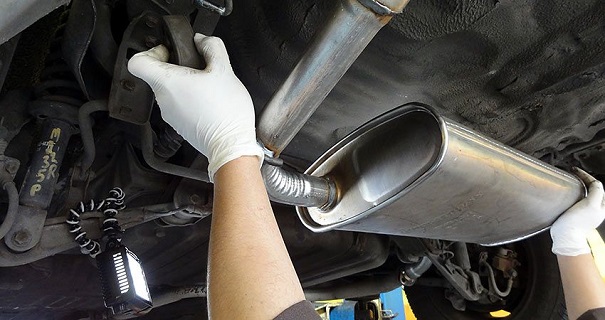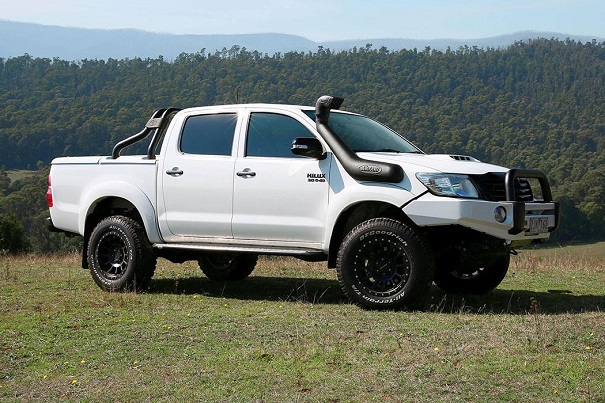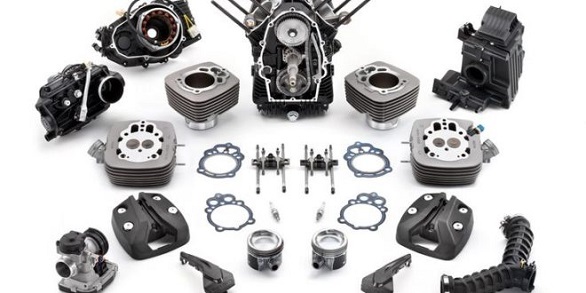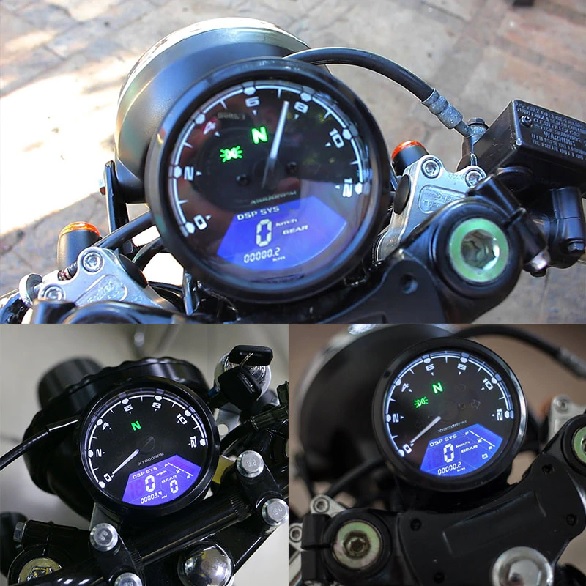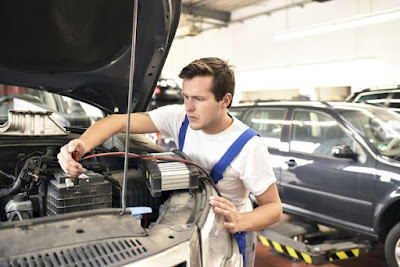Petrol and diesel are the main types of fuel that make our cars go nowadays with electricity slowly but surely catching up. Since we still rely on internal combustion engines our vehicles need to make use of throttle bodies. These components are what help control the amount of air that flows into the engine and thus petrol/ diesel too. Throttle bodies are often part of the air intake system which when you apply the gas pedal they open up the air intake thanks to a sensor.
This is the temperature sensor that helps measure the temperature of the air-fuel mixture and thus regulating the flow of air needed to make your vehicle run more efficiently. Today's throttle bodies rely on what is known as a drive-by-wire system which can be improved upon thanks to a small throttle control unit.
Why Get a Throttle Controller
Performance
An electronic throttle control device is able to improve your vehicle's performance since it adjusts the fuel-air mixture more efficiently. This is because a car throttle controller offers more control over how well you want your car to run thanks to different modes and settings. You can get more torque without pushing on the accelerator pedal as much.
Efficiency
Another advantage that throttle controllers offer is fuel efficiency. Performance is the first thing people want when driving an underpinned vehicle. But if you have a big rig, you want to save more on fuel. You can still benefit from installing a throttle controller by setting it up so that it doesn't use as much fuel in the mixture. This way you increase the intake of air but do remember your vehicle won't be as powerful when going over obstacles.
Throttle Lag
Something that almost every driver has experienced at least once in their lifetime is throttle lag. This is when you push the accelerator pedal and nothing happens for about a couple of seconds until you feel some acceleration pulling your vehicle forwards. Well, with a throttle controller this can easily be solved.
What to Look for in a Throttle Controller
Adjustment Levels
As you already know a car throttle controller comes with different modes on it. These modes come at various levels though. You can adjust each mode according to your driving style. This gives you more versatility and the more adjustment levels you get on each mode the better since you can fine-tune the controller to work better with your vehicle. If you don't want to fiddle with these levels you can always set the mode on your throttle control unit to automatic. Just make sure that the controller comes with such a mode since not every model has it.
Power Modes
Talking about power modes, they usually come as three different options. Typically an electronic throttle controller will have an eco, performance, and normal mode or automatic.. Eco mode makes your vehicle run in a way that will save the most amount of fuel without hindering performance as much. This can be achieved especially if the modes on your throttle controller have many adjustment levels.
Pro or performance mode (sometimes called sport mode) favours torque and acceleration over fuel efficiency. Again the more adjustment levels you have the more aggressive or toned down you can make the performance of your vehicle. On some throttle controllers, you can make your own mode. especially models with many adjustment levels come with this option.
Installation & Set Up
While every electronic throttle controller can be installed easily not every model is easy to set up. Some throttle control units require you to just turn them on and they do the rest but others require extra steps. These often include selecting the mode that you need or turning off your vehicle and turning it on again. But it's nothing more complicated than that.
How to Install a Throttle Controller
1. To install an electronic throttle control module in your car you need to first locate the plug to your accelerator pedal which is often found on or under it. Once you've found that plug, remove it from the connector it's sitting in and connect the piggyback adaptor coming from the throttle controller.
2. Once you have the plug from the throttle controller connected where the original accelerator plug of the vehicle was, connect the original plug to the piggyback adaptor. The adaptor has a connection point on the backside where the original plug needs to go.
3. After connecting the original plug to the piggyback adaptor mount the throttle control unit somewhere on the dashboard and run the cable preferably through the steering column. This way you have a clean installation and you're ready to use the unit to your advantage.
Conclusion
No matter the size of your vehicle or the number of valves it has there is always something you can upgrade. Be it improving performance or fuel-efficiency, an electronic throttle controller can help make that happen. By dimpling plugging a palm-sized device, you can enjoy a better ride be it on city streets or mountain paths.








